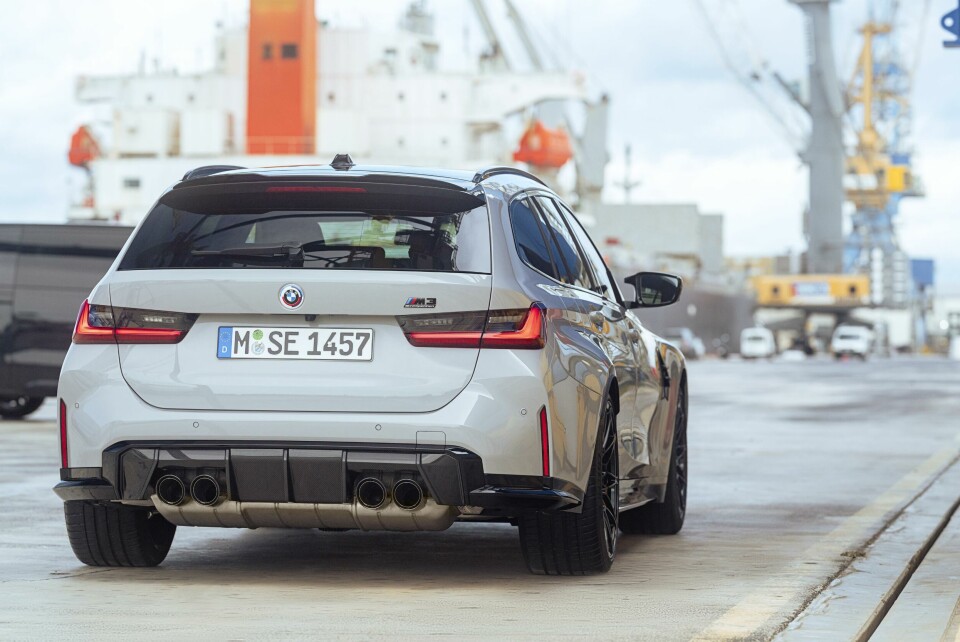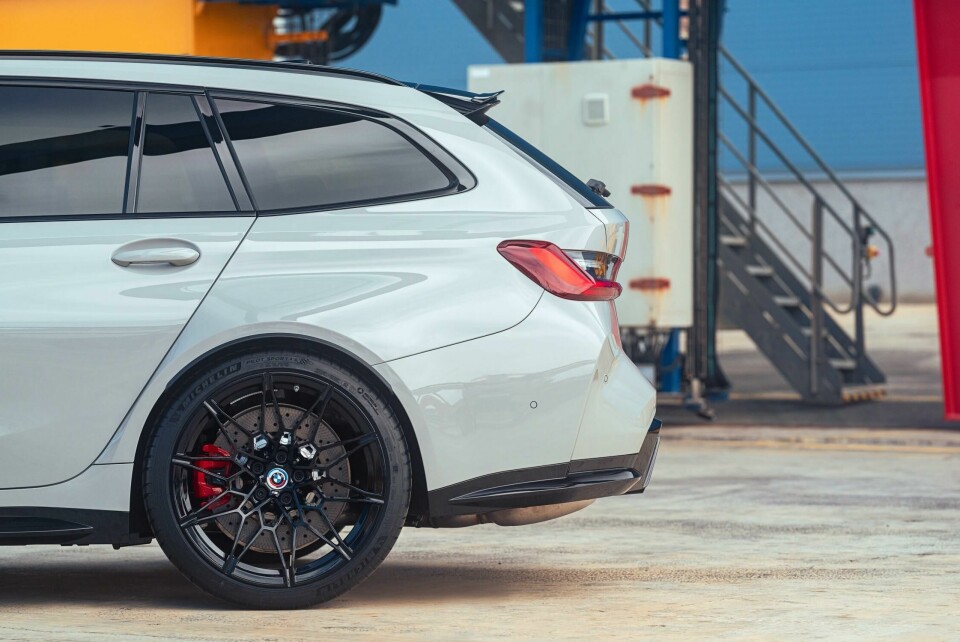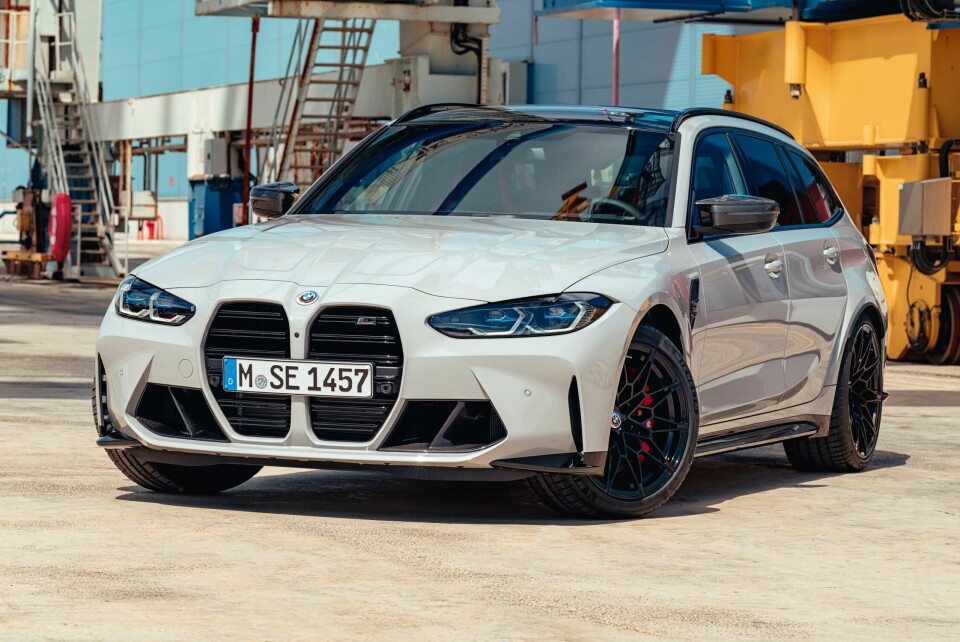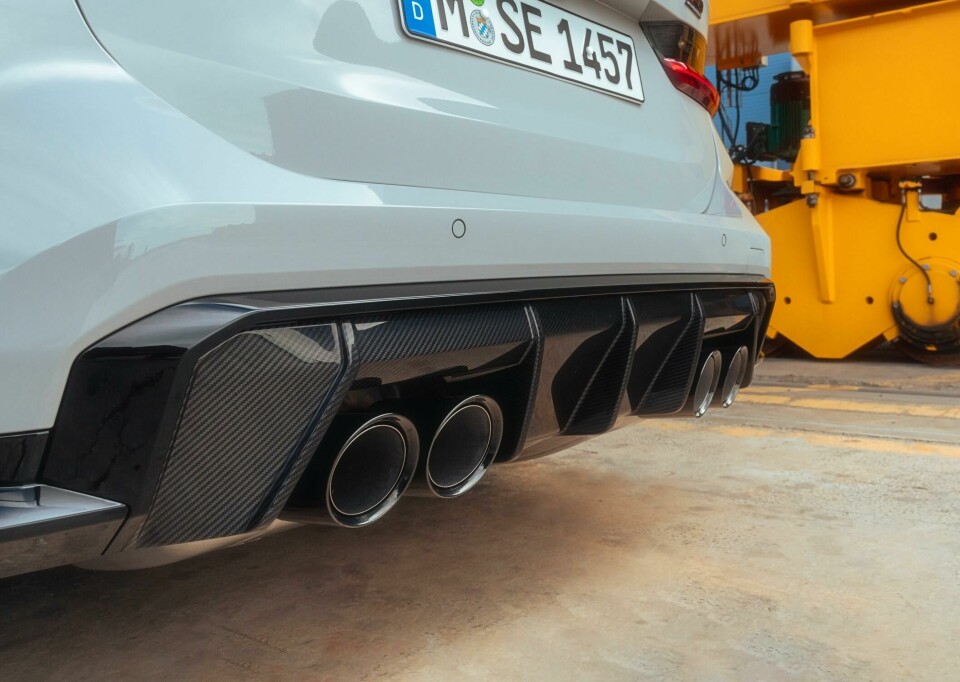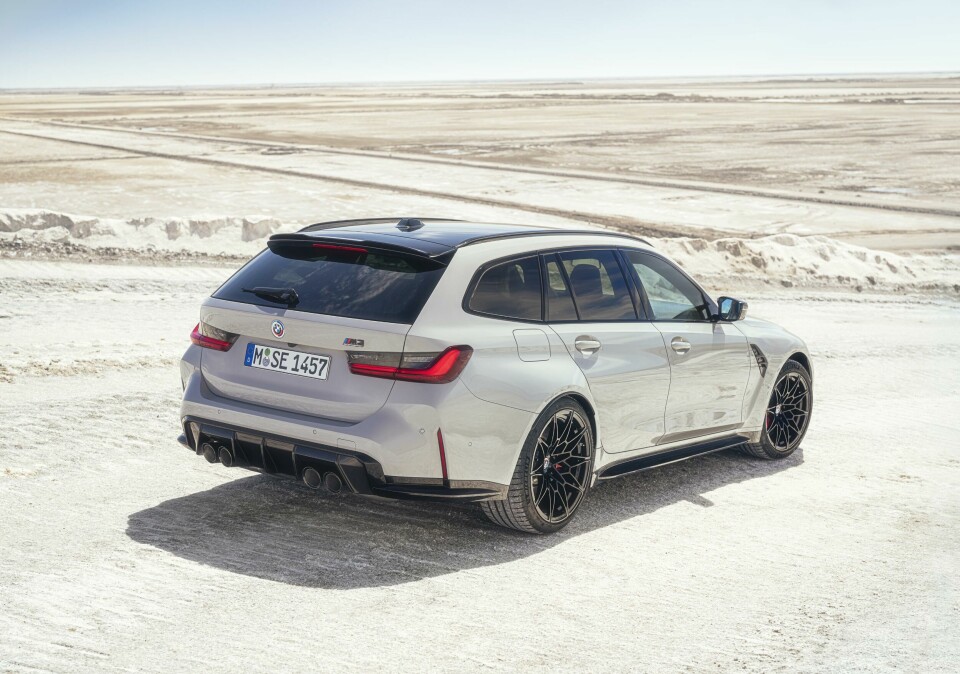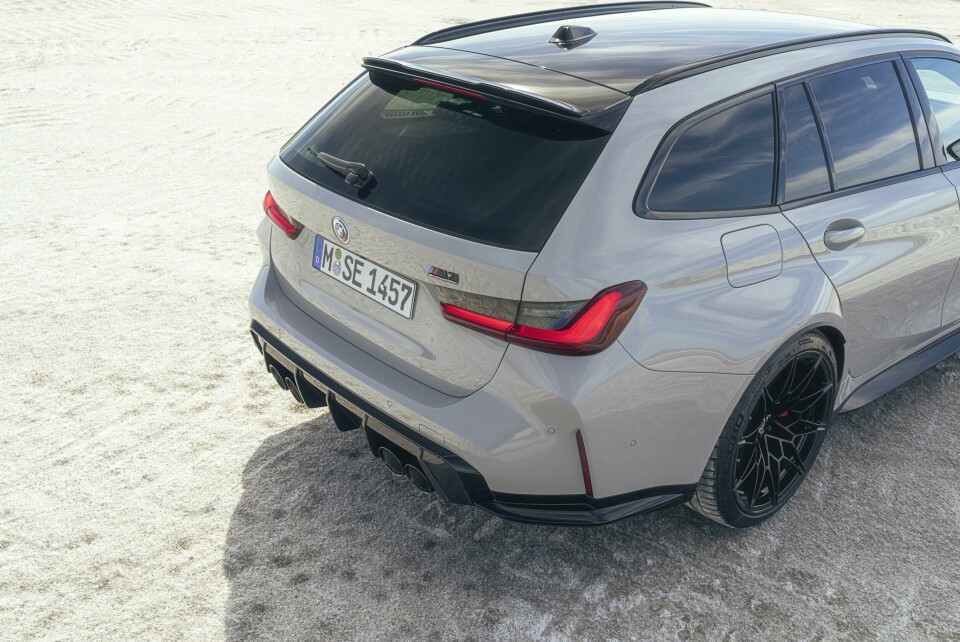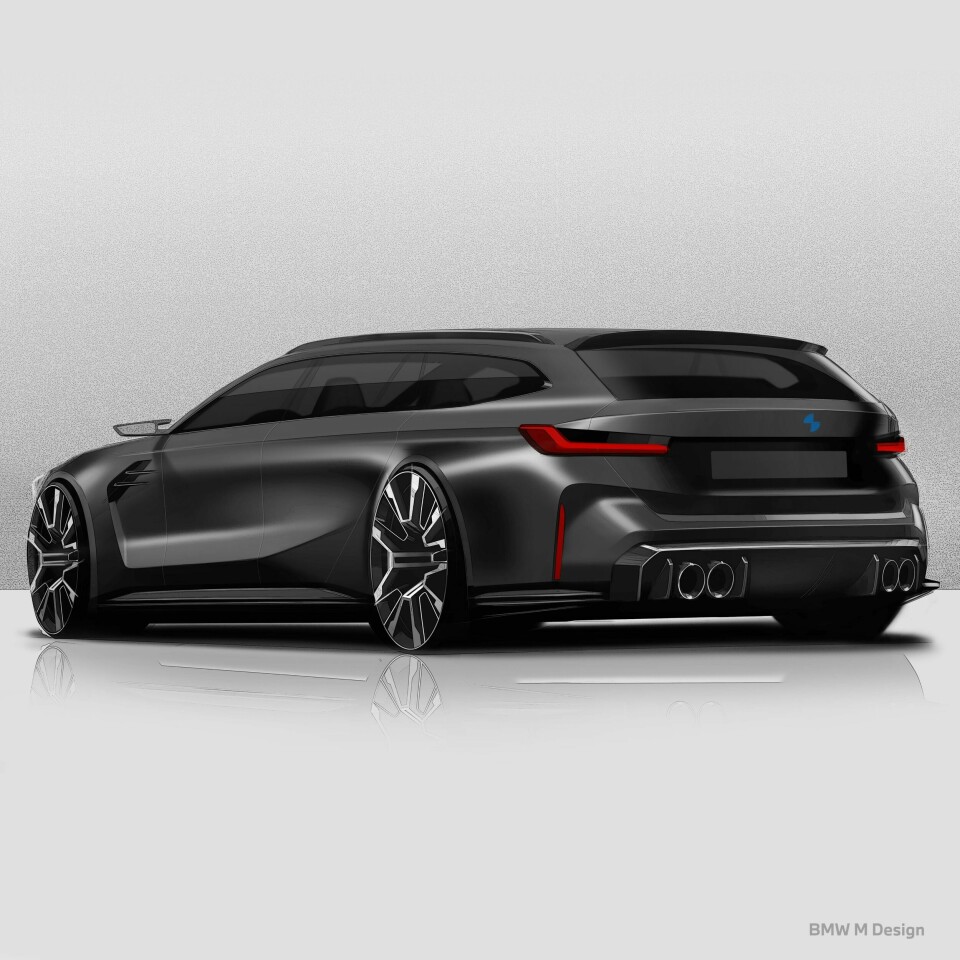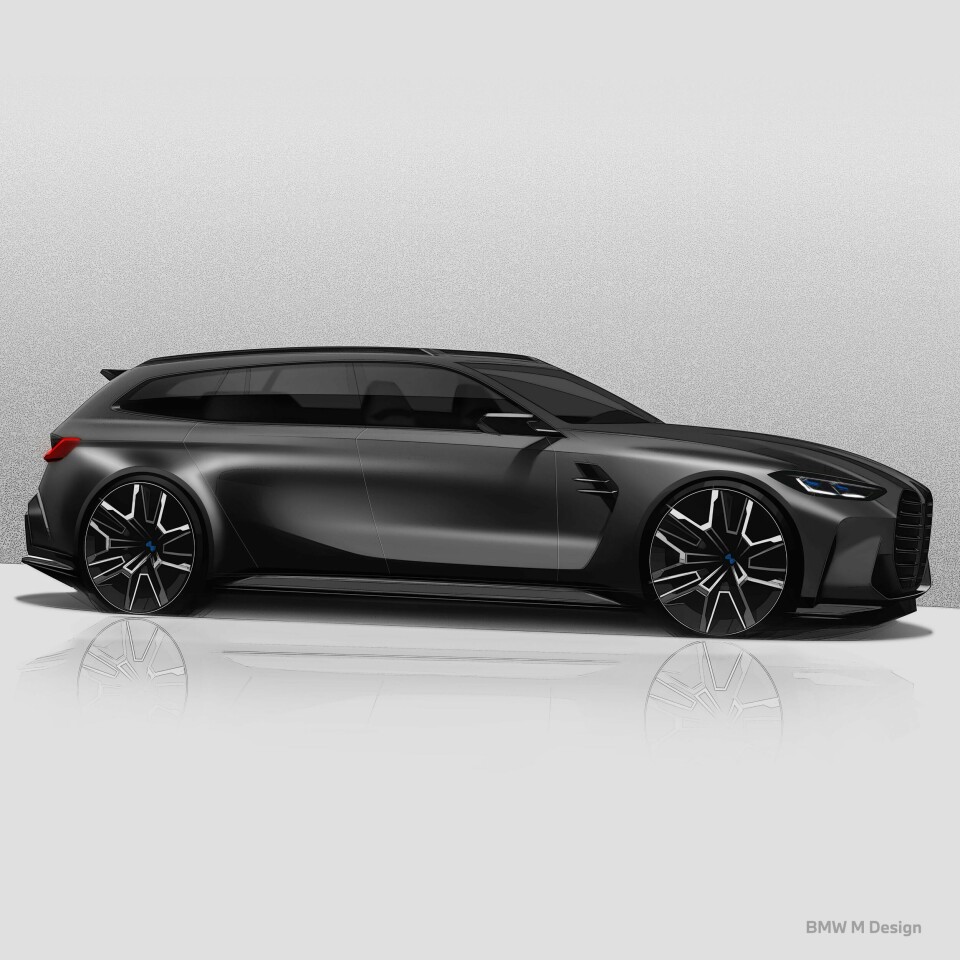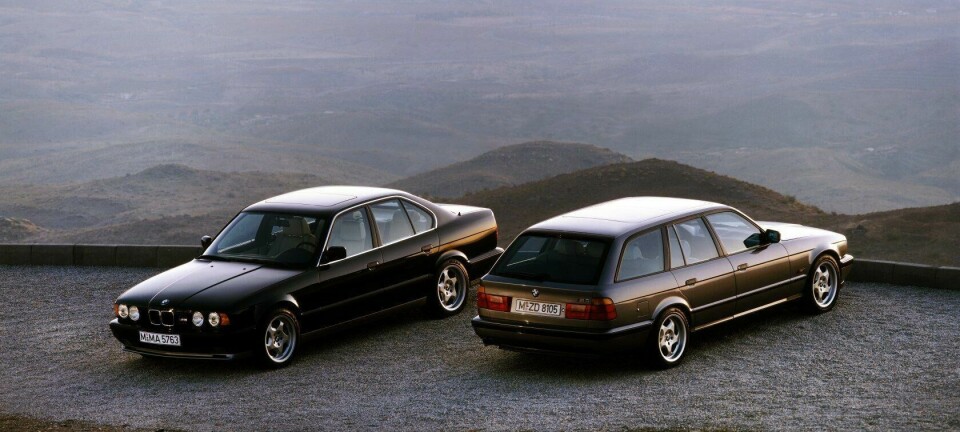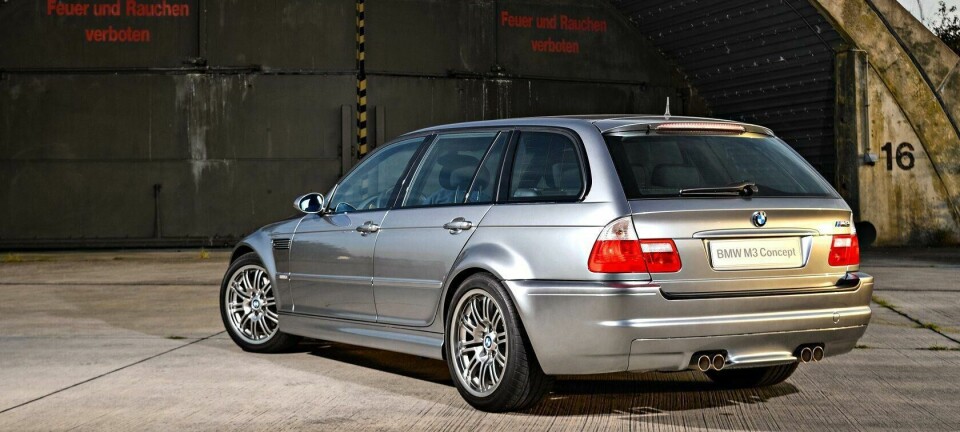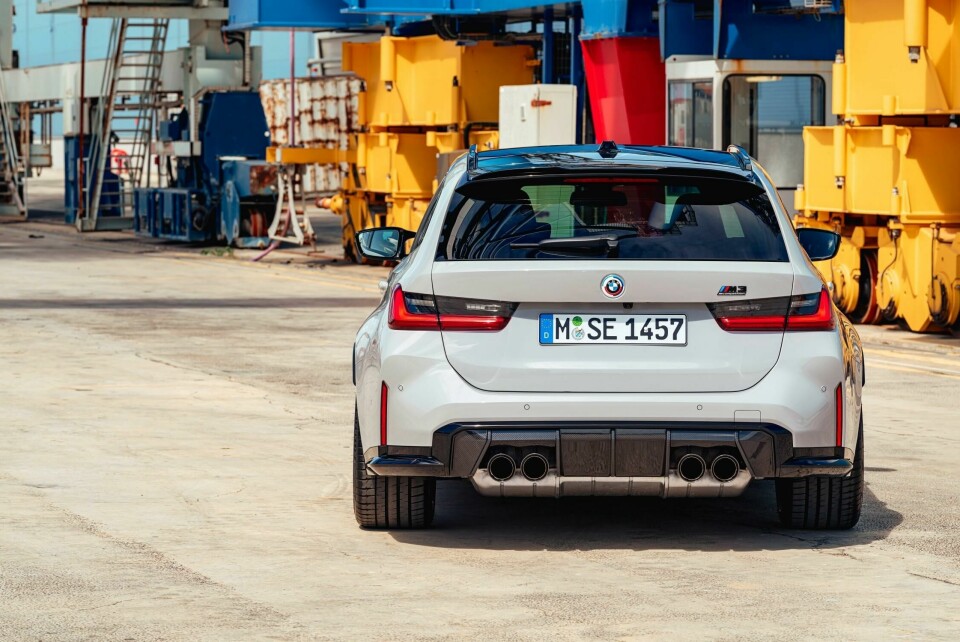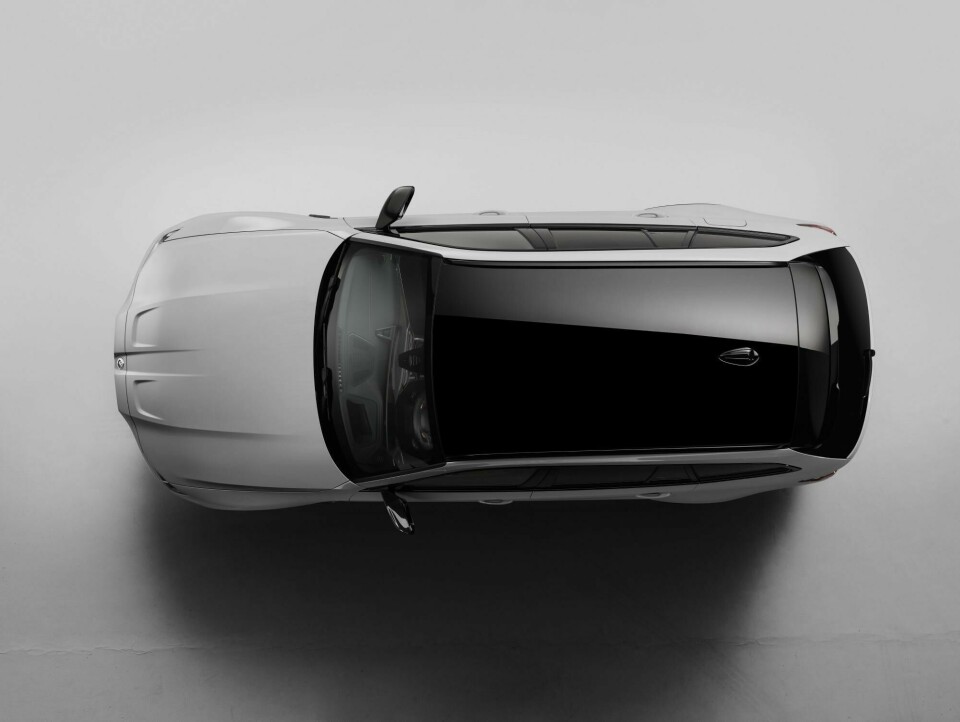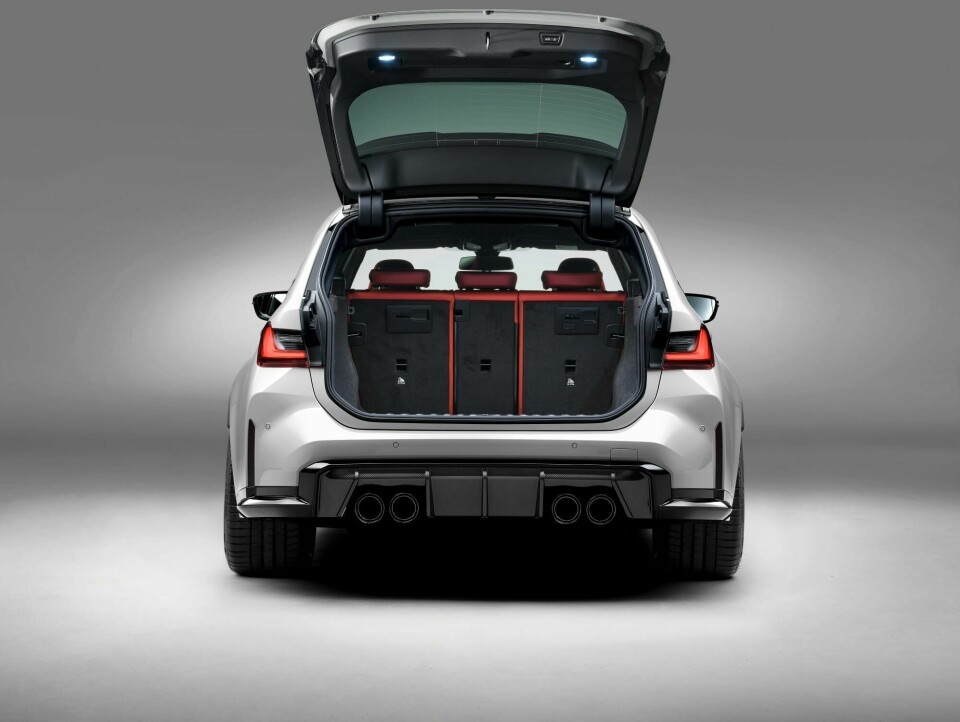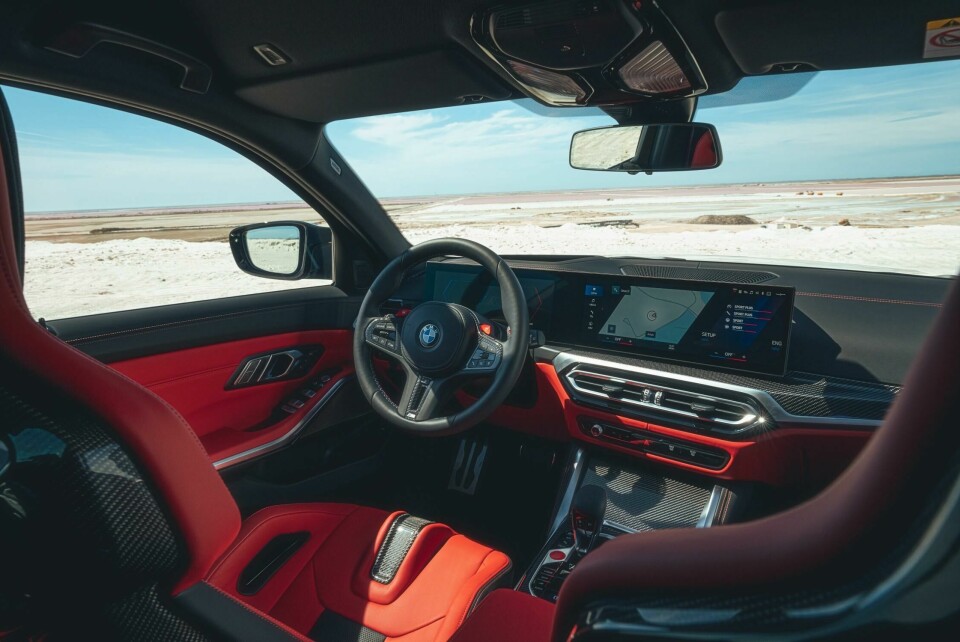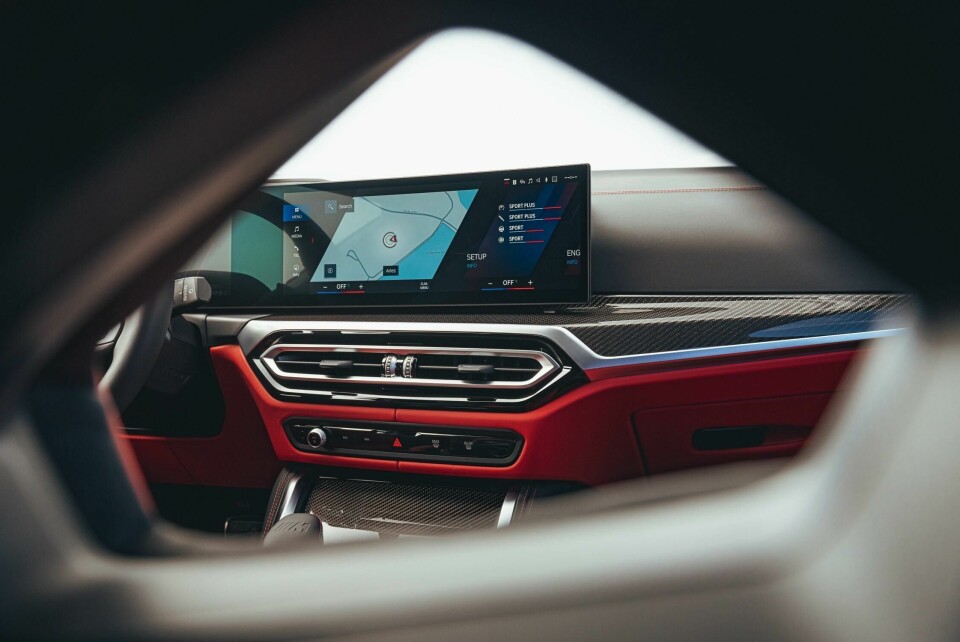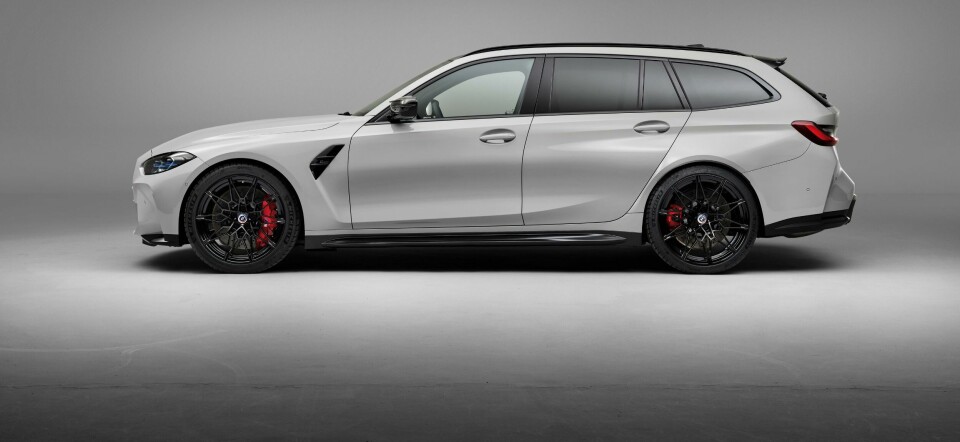
The time is right for an M3 Touring, says BMW M
Car Design News caught up with Marcus Syring, “the Godfather” of the first ever M3 Touring and head of BMW M Design, to discuss what could be one of the brand’s most significant launches to date
The BMW M division is responsible for some of the most iconic vehicles in automotive history. Since the 1970s, the tuning and design unit has turned out some 35 plus nameplates (and many more watered-down “M Performance” models) like M535i, M Coupe and of course the one that started it all, the M1, although this remains up for debate. The M3 and M5 are the longest running models in the portfolio with six generations of each hitting showrooms.
The M division first made its name with modified coupes, sedans and two-seaters but eventually turned its hand to an unfamiliar silhouette: the estate. Hoping to combine performance and utility in an attractive package, the very first M5 Touring was born in 1992. It would prove a popular outfit with a handful of generations making it to market since then, but it never cemented a permanent position in the portfolio alongside the M5 sedan. And although an estate version of the 3 Series has been on sale since the late 1980s, the M division never released its own high-performance M3 Touring. A crying shame in this writer’s eyes.
But all that is about to change later this year. First revealed in public at the Goodwood Festival of Speed in June, the M3 Touring is slated to enter production in November. European customers should take delivery from December onwards. To find out more, Car Design News recently caught up with Marcus Syring, Head of BMW M Design. Described as “the Godfather of the M3 Touring”, he explains that although it has been a long wait the time is finally right.
“It all started quite early on during the development of the standard 3 Series touring, which we created a motorsport package for. We were standing around the clay model, and as a team we instantly thought that this would make a very nice M3 Touring,” he recalls. “This generation of 3 Series is not a particularly traditional estate car; it has a very dynamic shape that is more like a shooting brake. We figured this could make a great base to work with, but it was only a rough idea at this stage.”
Syring explains that despite the appeal, there was no guarantee that an M3 Touring would result. As you can imagine, the M division is constantly scouting new concepts and ideas and not all of them make the cut. For example, a prototype E46 M3 Touring was put together as a one-off project, but it stayed behind closed doors. More recently, it was confirmed that a revamped production model of the iconic 3.0 CSL nameplate from the 1970s would be relaunched as a limited edition. As the team did more work around the latest generation of 3 and 4 Series models, it became clear that an M3 Touring made sense.
“We developed the M3 in parallel with the M4 and we figured out that that this radical, progressive and modern front end would be a good fit for the touring model. From the side these are three completely different animals – a two door, a four-door sedan, and an estate with a shooting brake character – but the bodywork deriving from the M3 fits very nicely with this Touring body shape.”
”People want the maximum of everything. They want a performance car but they also want enough space to suit their lifestyle”
With much of the heavy lifting already completed – the design of the 3 Series and 4 Series variants had already been finalised – Syring recalls that the M3 Touring came together fairly quickly over a couple of months or so. But it was not just a favourable design language that led the team to pursue the first ever M3 in estate form. The rising dominance of SUVs and compact crossovers (and everything in between) shows that many drivers want an all-rounder.
“Times are changing – people want the maximum of everything. They want a performance car but they also want enough space to suit their lifestyle. We are seeing that an X3M and X4M are doing well in the market for the same reason,” says Syring. That being said, the trend is not necessarily as fresh as it might seem. “The first M5 Touring also came because it offered high performance in combination with utility and practicality. People want that combination of abilities and multifunctionality.”
Visually, the M3 Touring is every inch a ‘proper’ M car. The design language of the M3 and M4 carried over almost seamlessly, but there were a few proportional tweaks that were needed to ensure the estate version carried itself as an M3 should. Compared to the standard 3 Series Touring, the M3 is 4mm lower at the roofline. The total lowering of the chassis is in fact between 40-50mm, but larger M division wheels lift the car body by 10mm. A wider track and bulging wheel arches also hammer home its racing pedigree. Compared to the standard M3 and M4, the process of shaping the Touring’s profile presented more of a challenge.
“With the estate’s roofline we needed to create an inverted V-shape look, almost like a pyramid that builds out step-by-step as you move from the roof down to the side skirts. If the car had been the same width as the standard 3 Series, it would not have been appropriate – we needed it to look strong and stable,” explains Syring. “The slanting nose that comes from the M4 also means it does not look too heavy at the front. It’s about balancing proportions, surfaces and lines.”
There are other nods to classic M design, such as the air vents behind the front wheel arches inspired by the (decorative) vents on the E46 M3; the team wanted to convey how such a high-performance engine needed additional cooling solutions. With the M3 Touring, those vents are now functional, not to allow engine heat to escape but to improve aerodynamics. “We have two general directions: ultimate performance cars and expressive lifestyle cars,” says Syring. “The M3 Touring is a mix of both – we are employing race car aesthetics to symbolise this is a high-performance vehicle.”
With a rich lineage of nameplates behind the brand, BMW M customers can be quite passionate when it comes to M cars. The team must have felt serious pressure to get this right. “Actually, we were very self confident,” Syring jokes, adding that those who work within the M division are aficionados themselves and know only too well that some design features can initially prove polarising. Even if they introduce a design that is a little more ‘out there’, they are eventually accepted, he says.
“We believe very strongly in our own design. When we first introduced the vertical kidney grille, some people were astonished at what we were doing. But because we had been living with that design we knew that it worked. We loved how distinctive it was. When people began to see these cars on the street, it soon turned into something positive. This is typical when we look at luxurious products, and at the end of the day, an M car is a kind of luxury good so we need to push the envelope.”
“This body shape could have a comeback, but it has to be for a reason – and it has to look good”
In a world of electric SUVs and crossovers that are clamouring to boost range, might the utility and natural aerodynamics of an estate lead to a renaissance of this body shape? Syring is torn – BMW is no stranger to the SUV or crossover – but recognises that car design comes in waves. The next could well be the estate, he muses. “The larger the surface area at the front of an EV, the less range you will have. As such, I believe there will be a big pressure on SUVs to improve aerodynamics.”
“The first thing you can do is lower the roof and then you naturally get closer to an estate car,” he continues. “The estate is also fun to drive because of its low point of gravity and you have enough room to transport all your gear and family. If you combine that with all-wheel drive, it becomes a car for all seasons and all purposes. This body shape could have a comeback, but it has to be for a reason – and it has to look good. Maybe you sacrifice some litres of volume but offer more of a tapered roof line so that it looks sporty. Because over the years, society has always quietly appreciated sportiness.”
